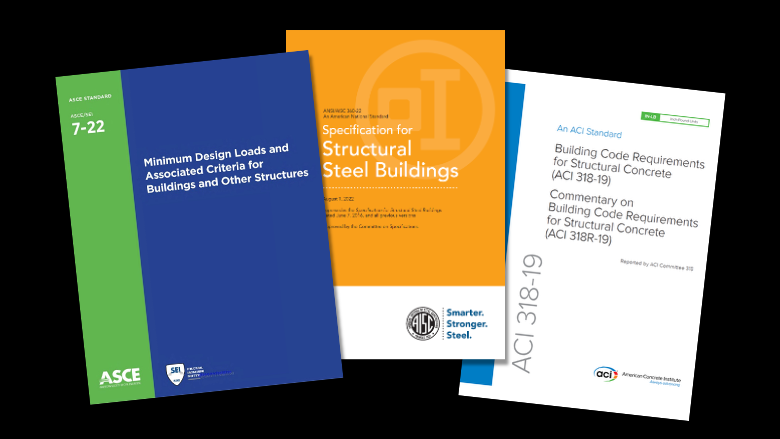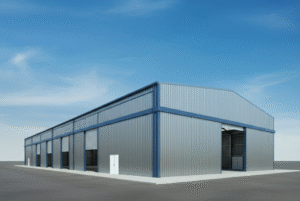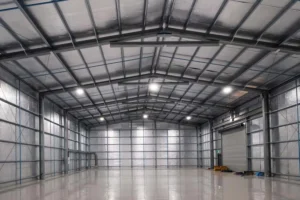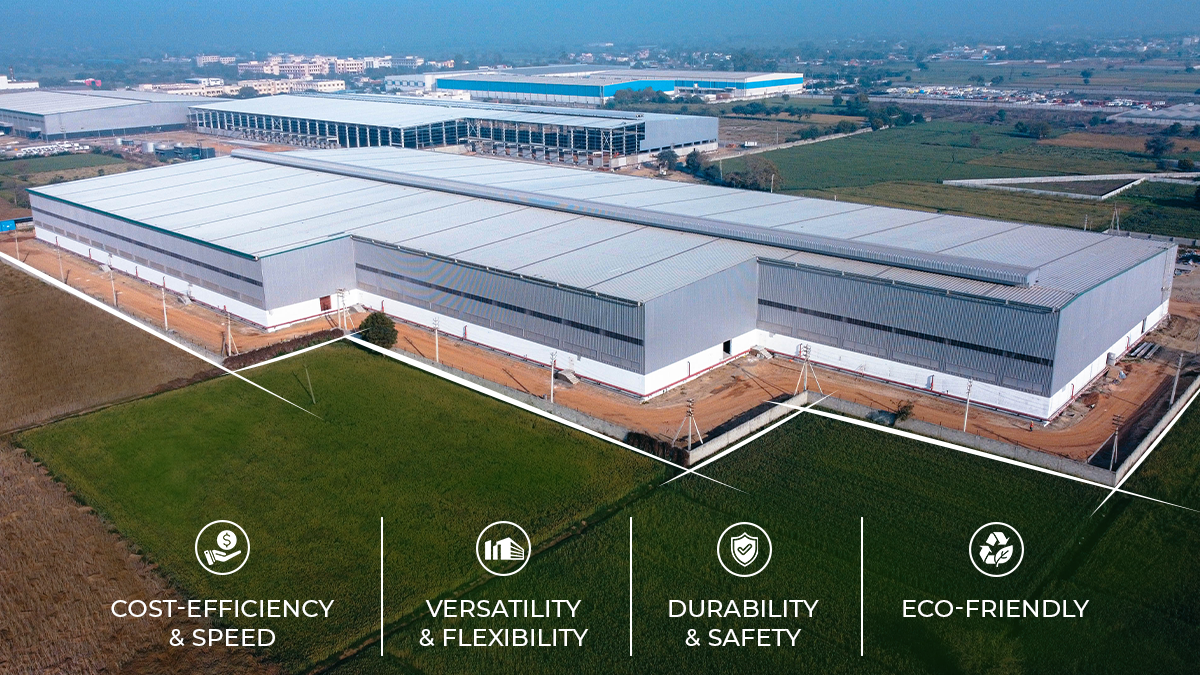
Committee Launches Structural Engineering Code Review to Reduce Embodied Carbon
[ad_1]

A team of 10 practicing civil and structural engineers and academics has launched an effort to identify and prioritize provisions in the current building codes and standards that if appropriately modified will result in a substantial reduction in embodied carbon.
An independently created Embodied Carbon Reduction Committee gathered while attending the Structural Engineering Institute’s annual “Toward Zero Carbon 2025” Summit & Symposium on the University of Colorado’s Boulder campus June 26-27.
“This committee is a first-ever collaboration between all the associations representing structural engineers,” says Magnusson Klemencic Associates Chairman and CEO Ron Klemencic, who conceived the initiative and helped raised $200,000 to support the first phase of the committee’s work, which will take place over the course of the next 12 months.
“What can engineers do [about global warming]? It’s obvious to me,” Klemencic says. “We can review all our structural engineering codes and standards with an eye toward carbon reduction. The code is chock full of stuff that can be tweaked.”
The group will look at the three primary structural codes in the U.S.—ASCE 7, ACI 318 and the AISC Steel Manual—in order “to see what should be reconsidered, recalibrated, rethought,” Klemencic says. The committee will prioritize identifying code changes that impact the greatest number of buildings and building materials.
“The goal of Phase 1 is to prioritize those lists based on both their potential impact and their ability to make the change and the amount of additional research that will take to make that change,” explains Ian McFarlane, a senior partner with Magnusson Klemencic who along with CU structural engineering professor Abbie Liel will coordinate the committee’s work.
“This will lay out a road map for future research. Our hope is we find some low-hanging fruit to start with—some easy, impactful changes—that get the wheels greased faster, but then this leads to more research along the way to the goal of embodied carbon reduction,” McFarlane explains. “While the initiative is motivated by sustainability and embodied carbon reduction, inherently, to get there you must use less material, and by doing that many of these provisions are going to allow for reduced construction costs,” he says. “There’s really a win-win opportunity here that makes it palatable to more people.”
In recruiting committee members and seeking grant funding, Klemencic and his team offered examples like reconsidering the ASCE-7 Live Load Table. The requirements in this table drive fundamental design requirements, directly resulting in the amount of embodied carbon in building structures. Appropriately reducing some of the values contained in this table will directly and immediately result in less embodied carbon.
Another example includes the prescriptive provision in ACI318 requiring concrete mix designs to target 1.1f’c + 700 psi when sufficient test data is not available. This requirement can drive the amount of cement included in the mix and thus the embodied carbon impact.
The Charles Pankow Foundation is the primary funder of the initiative, and is directing the $200,000 grant with partners MKA Foundation, American Society of Civil Engineers, American Institute of Steel Construction, National Council of Structural Engineers Associations, American Concrete Institute and CU Boulder.
In 12 months the committee will launch Phase 2 to focus on subject specific research that will be needed for code change, with funding coming from “hopefully an expanded group,” Klemencic says.
“We have a broad and deep team that can help us put together this list of the most impactful things that we can be working toward,” Liel adds. “The outcome is change proposals submitted to ASC7, ACI or AISC showing the change, substantiating the support for the change, showing that it doesn’t affect the things that are the basis for our building codes—we’re still doing what we need to do to, protecting life safety, etcetera, and showing how much embodied carbon can be reduced by some of these simple changes.”
“Most of the time when you write building codes, you’re solving a problem or you’re adding a new provision or new way to approach design; this is a different lens. This hasn’t been a lens that we’ve looked at the building code before, and especially from a holistic perspective,” McFarlane says.
“A lot of things have changed in the 50 years since the codes were written, the materials we build with, the reliability analysis that went into the building codes, and with this lens this is a good opportunity to take a new look at things,” he adds.
“We recognize we have colleagues doing amazing work on embodied carbon from materials and other perspectives, but we can [also] do something with changing the rules of the game through the building code—things that would make a lot of sense and have a big impact—we haven’t done that yet and I think that’s what is really exciting here,” Liel says.
Klemencic says the group hopes to eventually work in parallel with international organizations to bring similarly meaningful code changes to countries around the world as the initiative grows over the next several years.
“The majority of civil and structural engineers in the world believe our fundamental charge is to efficiently and effectively employ the world’s resources for the betterment of the human race. And so with that as our fundamental guiding charge, that’s what we’re trying to do,” Klemencic adds.
[ad_2]
Source link
Post a Comment
You must be logged in to post a comment.






